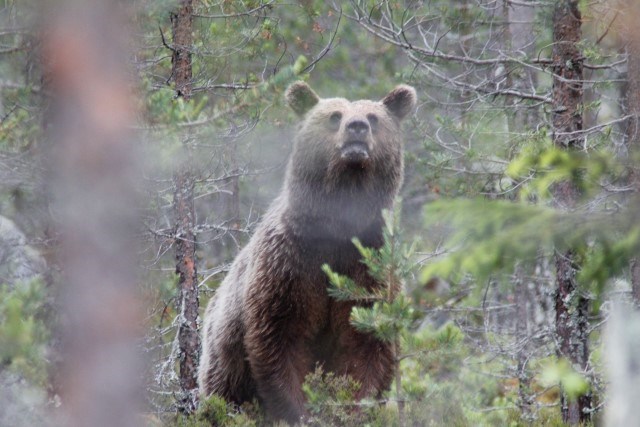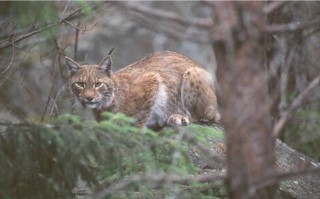Contact
Andrés Ordiz, PhD
Norwegian University of Life Sciences, Ås
andres.ordiz@gmail.com, +47 672 31 761

Ecological interactions among species influence their distribution and abundance, playing an important role in the dynamics of populations, communities and, ultimately, ecosystems and biodiversity. Inter-specific competition is a type of interaction that holds a central place in ecological and evolutionary theory.
Regarding large carnivores, competition between species is of conservation and management interest. For instance, inter-specific competition can reduce the population size of an endangered carnivore, and can affect populations of other species at lower trophic levels. Competition may occur in different ways. Carnivores may avoid each other spatially, which can result in reduced foraging opportunities. Exploitative competition occurs when predators share the same food resources. Competition may also involve food stealing, and kleptoparasitism can increase the time risks of hunting to capture additional food lost to competitors. Carnivores can kill each other, sometimes limiting population sizes of one of the species. The effects of interspecific competition can even influence the evolution of species as they adapt to avoid competition. This may result in the exclusion of a species in the habitat, niche separation, and local extinction. It is therefore of great interest to study the interactions between wolves and other large carnivores and their prey in Scandinavia. This is one of the research areas of SKANDULV at the moment.

Photo Henrik Andrén
Andrés Ordiz, PhD
Norwegian University of Life Sciences, Ås
andres.ordiz@gmail.com, +47 672 31 761